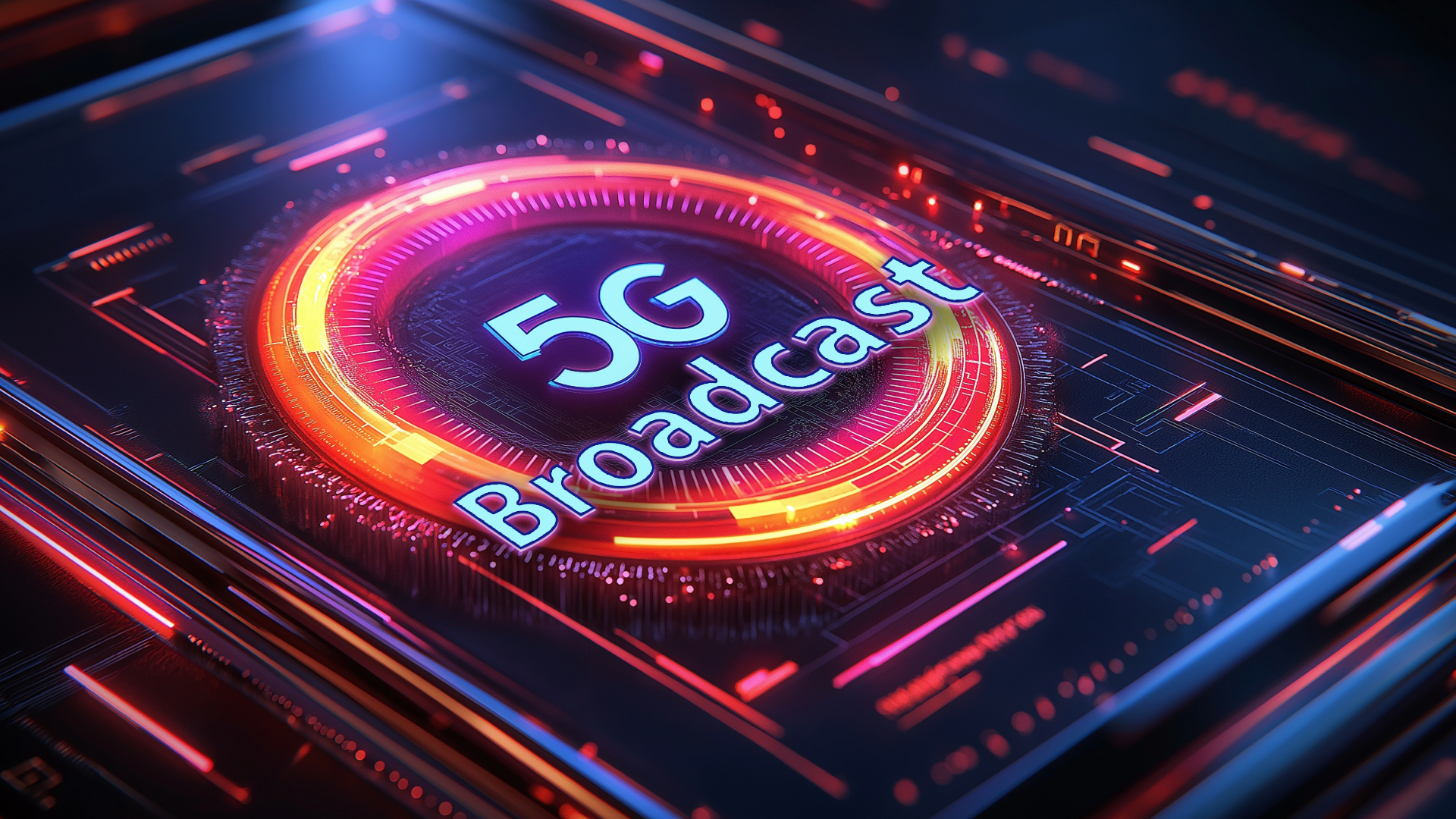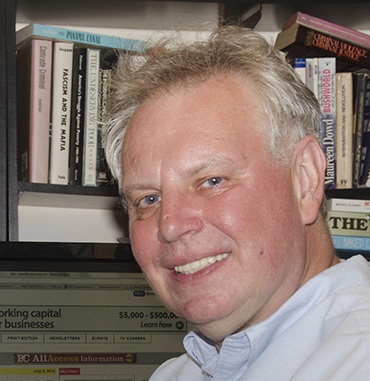Sinclair, ATSC Raise Concerns About 5G Broadcasting in FCC Filings
Station group asks regulator to deny a request by LPTV broadcasters to convert to 5G broadcasting

WASHINGTON—In response to a request by LPTV broadcaster HC2 that the Federal Communications Commission allow its stations to become datacasters using 5G broadcasting, Sinclair and the Advanced Television Systems Committee have both filed responses with the regulator raising a number of concerns about the idea.
In its petition, Sinclair noted: “There are a number of issues in HC2’s petition which are not fully addressed in the record of this proceeding. First, HC2 has not demonstrated that its proposal will not cause harmful interference to other broadcast services. Second, HC2’s petition inaccurately characterizes the potential benefits for the broadcast industry of 5G Broadcast. Finally, HC2’s proposal to eliminate any obligation to transmit television services for low-power television stations (LPTV) would entirely sever the LPTV service from longstanding public service commitments. For these reasons, we oppose HC2’s petition.”
In a separate petition, ATSC President Madeleine Noland did not completely reject the request but raised a number of concerns, particularly in the area of available devices.
“Those who support the Petition (and the Petition itself) repeatedly imply that 5G Broadcast can be received by ‘ubiquitous’ 5G devices,” Noland wrote. “This is misleading. While 5G unicast-capable mobile devices are indeed widespread, 5G Broadcast-capable devices are not commercially available as of this filing. No commercially available smartphones or tablets that we are aware of in the U.S. market can receive 5G Broadcast transmissions.”
“Contrary to assumptions underlying the HC2 Petition and some supportive comments, today’s mobile phones—even 5G models—cannot be updated to receive broadcast signals from television spectrum allocations delivered via either 5G Broadcast or ATSC 3.0,” the ATSC argued later in the petition. “The frequencies and bandwidths used in television broadcasting (i.e., 6, 7, and 8 MHz bandwidths at VHF and UHF frequencies) differ from those used in cellular networks, and existing phones cannot be updated to accommodate these differences in spectrum bandwidth and frequency. Prototype cellular phones for both ATSC 3.0 and 5G Broadcast do exist, but commercial availability has yet to develop.”
The ATSC also noted that “the HC2 Petition claims that ‘5G Broadcast will over time be available to the hundreds of millions of mobile screens that already receive 5G signals.’ However, this statement either conflates existing 5G unicast devices with non-existent 5G Broadcast devices or speculates on the future availability of new 5G Broadcast capable devices … Cell phone feature design is heavily influenced by mobile network operators, particularly in the U.S. This dynamic significantly impacts the adoption and integration of mobile broadcasting technologies like 5G Broadcast and ATSC 3.0 into cell phones. U.S. mobile network operators have not yet embraced broadcast technologies for consumer use, focusing instead on unicast services. A viable business model for mobile network operators to support broadcast technologies may be important for mobile broadcast services to fully develop.
“ATSC encourages the Commission to support innovation while ensuring technical accuracy and regulatory consistency in its decision-making,” the ATSC petition concluded. “Proposals to introduce new transmission standards in the LPTV service must be evaluated rigorously. ATSC appreciates the Commission’s efforts to foster technological advancement and stands ready to provide additional technical input as needed. We respectfully recommend that the Commission proceed with caution and ensure that any new technologies introduced into the broadcast ecosystem are accurately described and fully understood by all stakeholders.”
The professional video industry's #1 source for news, trends and product and tech information. Sign up below.
In its petition, Sinclair also raised the issue of the lack of compatible devices capable of receiving 5G broadcasts.
“Beyond the potential for interference with other services, the Petition [by HC2] misstates the facts and their implications. The Petition states that ‘5G Broadcast signals may be received by any 5G mobile device, including phones, tables …’ That is inaccurate. In fact, there is not a single widely available consumer device that can receive 5G Broadcast signals on the market today. While the Petition goes to great lengths to suggest that 5G Broadcast technology offers a smooth path to mobile reception of broadcast signals, whether data or television service, that is untrue with respect to future adoption of 5G Broadcast in mobile devices. Again, as of this writing, there is not a single consumer device on the market that can receive 5G Broadcast signals, and it is misleading to suggest that broadcast television could become instantly scalable in mobile devices by virtue of being part of 3GPP. The broadcast mode of 5G, FeMBMS or 5G Broadcast, is not implemented in existing mobile devices. It is a separate mode, with its own antenna, filtering, LNA, silicon and other required components and software stack, none of which is found in current consumer devices. For such devices to get to market, manufacturers would need to install broadcast band antennas and new radio frequency filtering and front ends in mobile devices – exactly what they would need to do to receive ATSC 3.0 signals.”
Sinclair also argued that ATSC 3.0 offers a much better path to mobile reception.
“Indeed, manufacturers are already working on incorporating ATSC 3.0 receivers into consumer devices for the Indian market, which has over a billion mobile phone users,” the Sinclair filing noted. “Furthermore, the standardization of the next ATSC 3.0 release, currently referred to as Broadcast to Everything (B2X), will accelerate the availability of 3.0 receivers in mobile devices. B2X is a backwards compatible evolution of ATSC 3.0 that harmonizes with 3GPP standards – including Release 17 and anticipated extensions – providing a true path toward converged broadcast-broadband delivery without abandoning the robust ATSC 3.0 foundation. Sinclair agrees that a mobile future is critical for the broadcast industry. But 5G Broadcast offers no advantages over ATSC 3.0 in terms of achieving that future. What 5G Broadcast does offer is measurably inferior performance to ATSC 3.0.”
The full petitions for Sinclair is available here; and for the ATSC here.
More on the plans for LPTV broadcasters for 5G broadcasting can be found here and here. The full filing by HC2 with the FCC is available here.
George Winslow is the senior content producer for TV Tech. He has written about the television, media and technology industries for nearly 30 years for such publications as Broadcasting & Cable, Multichannel News and TV Tech. Over the years, he has edited a number of magazines, including Multichannel News International and World Screen, and moderated panels at such major industry events as NAB and MIP TV. He has published two books and dozens of encyclopedia articles on such subjects as the media, New York City history and economics.

